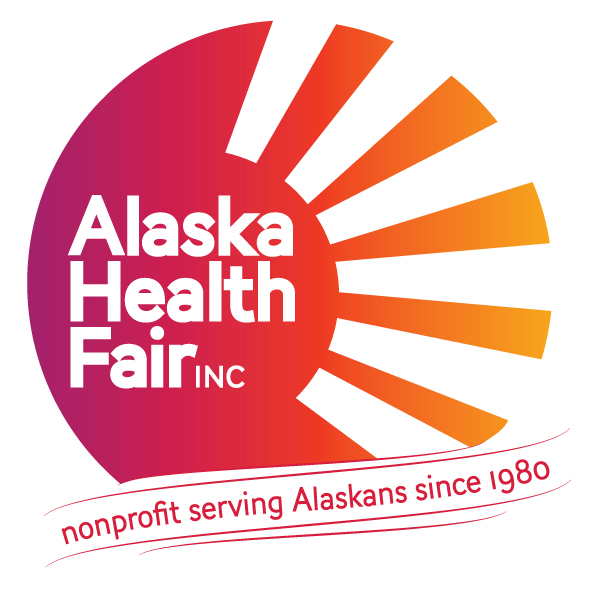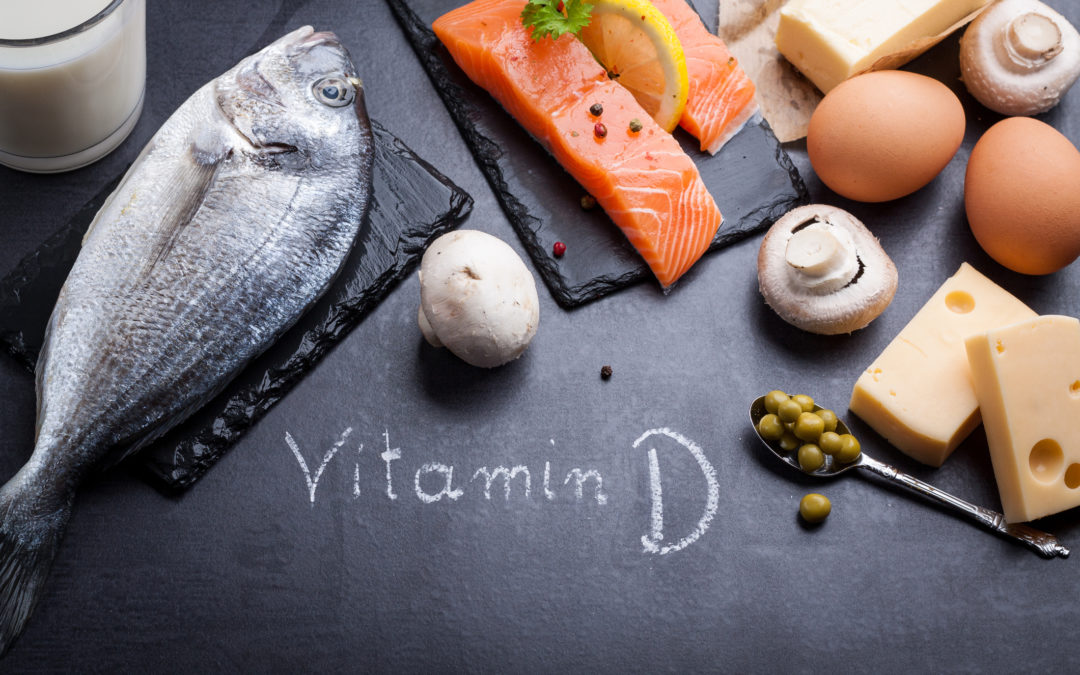Vitamin D is often called the “sunshine vitamin” because our bodies can make vitamin D when sunlight contacts the skin. During our dark winter months, many Alaskans are getting very little (if any) vitamin D from sunlight exposure, so we need to think about getting the vitamin through foods and supplements. Vitamin D is important for strong bones and may contribute to overall good health.
“Eating healthy foods is always the best option”, says Diane Peck, Registered Dietitian Nutritionist with the Alaska Section of Chronic Disease Prevention and Health Promotion. “Healthy foods provide so many more nutrients and other benefits that aren’t found in supplements. But for many people in Alaska, taking a vitamin D supplement along with a healthy diet may be appropriate.”
Lucky for us, some of the foods with the most vitamin D are found in Alaska. Traditional diets protected Alaska Native people during the long, dark winter. Salmon — fresh, canned or smoked — is an excellent source of vitamin D. Marine mammals, fish oil and seal oil contain large amounts of vitamin D. Oysters, shrimp, halibut, flounder, and rock fish are good sources, too.
Other foods that contain vitamin D include tuna fish, cod liver oil, egg yolks, and some mushrooms. Vitamin D has also been added to many foods. Look for the words “vitamin D fortified” on packages of milk, soymilk, yogurt, orange juice, oatmeal, and ready-to-eat cereals. For a list of foods and their vitamin D content, see the U.S. Dietary Guidelines.
• Older adults may not produce vitamin D as well as younger people.
• Breastfeeding is the best choice for the health of infants, but breast milk can be low in vitamin D.
Contributed by our partners at Obesity Prevention and Control Program, State of Alaska. Thank you!

